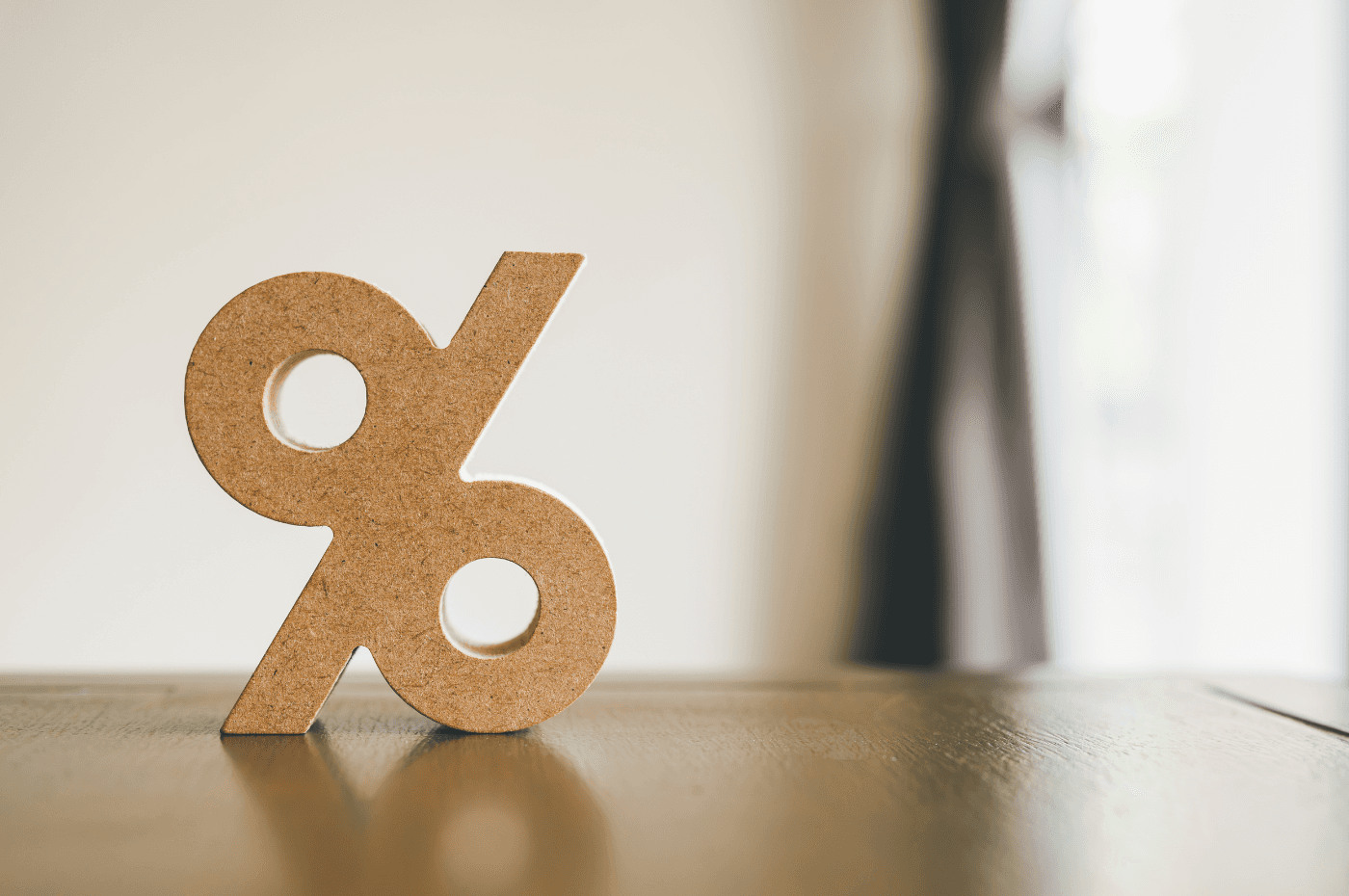Whether you’re a current homeowner or buying your first home, you may have heard about a home equity line of credit (HELOC). But do you fully understand this financial product and how it differs from a traditional mortgage?
A HELOC is a versatile tool that allows you to borrow against the equity in your home. It can be a great option when used responsibly, especially for individuals who are disciplined in managing their debts and repayments.
However, improper use of a HELOC can lead to significant drawbacks, making it a double-edged sword for borrowers who struggle with financial discipline. Let’s dive in!
Home equity line of credit: how does it work?
A home equity line of credit (HELOC) is a secured, revolving credit product. It is backed by your home, which serves as collateral to ensure the financial institution can recover the loaned amount. Its revolving nature means you can use it multiple times.

The HELOC is available to homeowners with at least 20% equity in their property or buyers who make a down payment of 20% or more. This product allows you to borrow, repay, and borrow again as needed, without reapplying, up to the authorized credit limit.
While improper use can lead to debt risks, a HELOC can also be a valuable financial tool. For instance:
-
Debt consolidation: combine multi-debts into one, often at a lower interest rate.
-
Emergency funds: cover unexpected costs quickly and efficiently.
You can apply for a HELOC when obtaining financing for a property or during your mortgage renewal. Properly managed, it can be an excellent financial asset.
Buying a home with a home equity line of credit
It is possible to finance the purchase of a home using a home equity line of credit (HELOC), but certain conditions must be met. One key condition is that the minimum down payment required by financial institutions is significantly higher than what is needed for a traditional insured mortgage.

1. Home equity line of credit combined with a mortgage
HELOCs are often combined with a conventional mortgage by large financial institutions. Together, they allow financing of up to 80% of the property’s value, but there are specific limits:
-
The HELOC itself can cover a maximum of 65% of the purchase price or market value of the property.
-
Any remaining portion (up to 15%) must be financed with a traditional mortgage.
Let’s see an example:
You purchase a home for $350,000 with a $70,000 down payment (20%).
The remaining mortgage financing required is $280,000.
The maximum HELOC limit is $227,500 (65% of $350,000).
You would need to cover the remaining $52,500 ($280,000 - $227,500) with a traditional mortgage.
Thus, your property purchase would be financed partly through a line of credit and partly through a conventional mortgage. You can work with your lender to determine how to allocate each part of the purchase of your home.

Repayment and access to credit
With this type of financing, the funds from your line of credit become available as you repay your mortgage. The more of your mortgage you pay off, the more credit becomes accessible, up to the 65% limit. However, repaid funds from the loan portion (mortgage) are not accessible.
In terms of payment, only the interest is generally required by the financial institution for the line of credit portion. For the mortgage portion, repayment follows the terms outlined in the contract signed between the borrower and the financial institution.
2. Independent home equity line of credit
This financial product can also be offered independently by certain financial institutions, serving as an alternative to a traditional mortgage.
Similar to a mortgage loan, an independent home equity line of credit allows you to finance up to 65% of your home's value. To qualify, you must have a down payment or equity in your property of at least 35% of its market value.
Interest repayment
The repayment terms for a home equity line of credit are significantly more flexible than those of a traditional loan. Only the interest is payable, giving you the freedom to decide how much you want to pay and how frequently. You also have the option to repay the balance in full at any time, without incurring early repayment penalties.
Additionally, any capital you repay on your line of credit is automatically made available again, allowing you to fund new plans or address unforeseen financial needs.

Obtaining a HELOC: eligibility requirements
To qualify for a home equity line of credit (HELOC), whether independent or associated with a mortgage, you must meet specific requirements set by financial institutions. These include:
-
A down payment or home equity of at least 20% (if associated with a mortgage).
-
A down payment or equity of at least 35% (if independent).
-
A good credit history.
-
Proof of stable and sufficient income.
If you are already a homeowner and want to use the equity in your home to obtain a home equity line of credit, you will also need to:
-
Prove that you are the owner of your home.
-
Provide details of your existing mortgage, including the balance, term, amortization, etc.
-
Have your property valued this is typically arranged by the lender).
Prior to granting you financing, the lender will evaluate your level of indebtedness to ensure it is within acceptable limits. Additionally, you will undergo a stress test to assess your ability to repay the loan at an interest rate higher than the one specified in your contract.

The pros and cons of obtaining a home equity line of credit
Are you considering a home equity line of credit (HELOC) but unsure if it’s the right choice for you? Here’s a breakdown of the key advantages and disadvantages of this financial product:
What are the advantages?
-
Facilitates access to credit.
-
Simplifies financing for various plans, such as renovations or purchasing another home.
-
Enables debt consolidation at a lower interest rate.
-
Requires interest-only payments on the borrowed amount.
-
Offer greater flexibility in borrowing and repayment.
-
No penalties for early repayment.
What are the disadvantages?
-
Requires financial discipline to repay the borrowed amount.
-
Can lead to over-indebtedness if misused.
-
Complicates lender transfers by requiring full repayment of the line of credit and associated credit products.
-
The financial institution can take possession of your home in the event of non-payment.
Given the complexity of a HELOC, it’s crucial to seek advice from experts to determine whether this financial product aligns with your needs and financial goals.
Refinancing, reverse mortgage or line of credit...
If you’re considering a home equity line of credit (HELOC), it’s likely because you’re exploring credit solutions linked to your property. However, there are other financing options that might suit your needs, including:
-
Mortgage refinancing: replacing your existing mortgage with a new one to access better terms or free up equity.
-
Reverse mortgage: allowing homeowners aged 55 or older to access a portion of their home’s equity without selling their property.
Before taking a decision, consult your mortgage broker to review these options and determine which solution best fits your financial goals and situation.
Are you looking for a mortgage broker?
XpertSource.com can help you in your efforts to find a mortgage broker. By telling us about your project, we will refer you to top-rated experts, free of charge! Simply fill out the form (it only takes 2 minutes) and you will be put in contact with the right experts.





